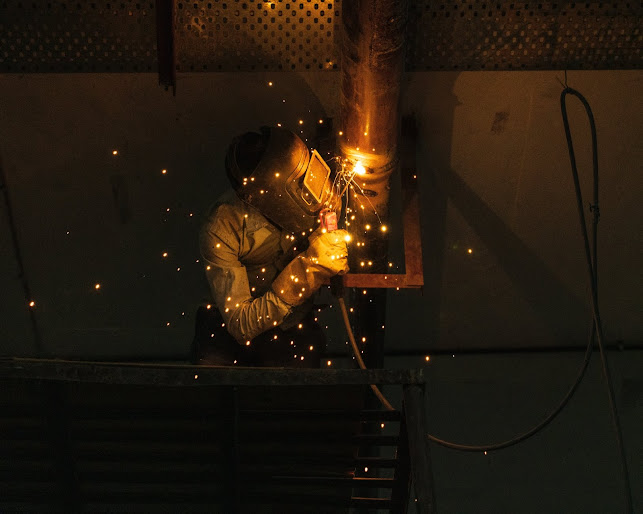Stainless Steel Cut Wire Shots are widely used in the industry to not only clean the hard surfaces of metal and concrete but also prepare them for further processes. You may wonder why this process is so popular in the manufacturing and construction sector and the multiple uses of the cut wire abrasives. In this article, we will share with you the benefits of using steel cut wire shots in different sectors.
Various applications of the steel cut wire shots
Here, you will learn the various areas in which the shot blasting method is used and the benefits of using steel-cut wire shots.
Removal of paint coating
To clean the surface of the metal as well as concrete you
sometimes have to remove the old coating of paint, rust protection coating et
cetera. These coatings are found in several metals and machinery parts, bridge
structures, automobile chassis, steel structures et cetera. In addition to
these, this method is also effectively used to clean weldments from the welding
cinders, die-cast moulding, or removing moulds that are used in injection
moulding.
Removal of rusted layer
If you want to prepare the surface of the metal for painting
or any other application, then first you have to remove the rust. The shot
blasting method is an effective and quick way to remove the rusted layer on
metal parts and structures.
Deburring the metal surface for further treatment
When we fabricate the metal parts, they have to go through
different processes that can create burrs on their surface. If you leave such
metal parts as they are, then their jagged edges can cause an accident. Using the
shot blasting method you can remove or round the jutting edges of the metal
sheet to make it safer for everyone. This process is known as deburring.
Shot peening
In the metal industry,
the cold working process is used extensively to produce a compressive stress
layer to change the mechanical properties of the metals. In this process, the
metal surface is hit with a great force with appropriate abrasives to create a plastic
deformation. The objective of this process is to spread the plasticity of the
metal surface that would result in a change in its mechanical property. The
peening process creates a stress layer that would delay the formation of cracks
on the surface of tensile alloy components. This process helps us to change the
undesirable manufacturing as well as operational tensile stresses of an alloy,
thereby extending its life.
Descaling the surfaces
As the name of the
process suggests it involves removing the scales formed from heating treatment,
rolling operations, forging operations, pressing operations et cetera. These
scales form on the metal surface when they are put through any heat-treatment
process. These oxide scales discolour the surface of the metal and make the
subsequent finishing operations difficult. Therefore, in such circumstances
descaling operation is carried out to remove these unwanted layers from the
surface and give it a clean finish.

Comments
Post a Comment